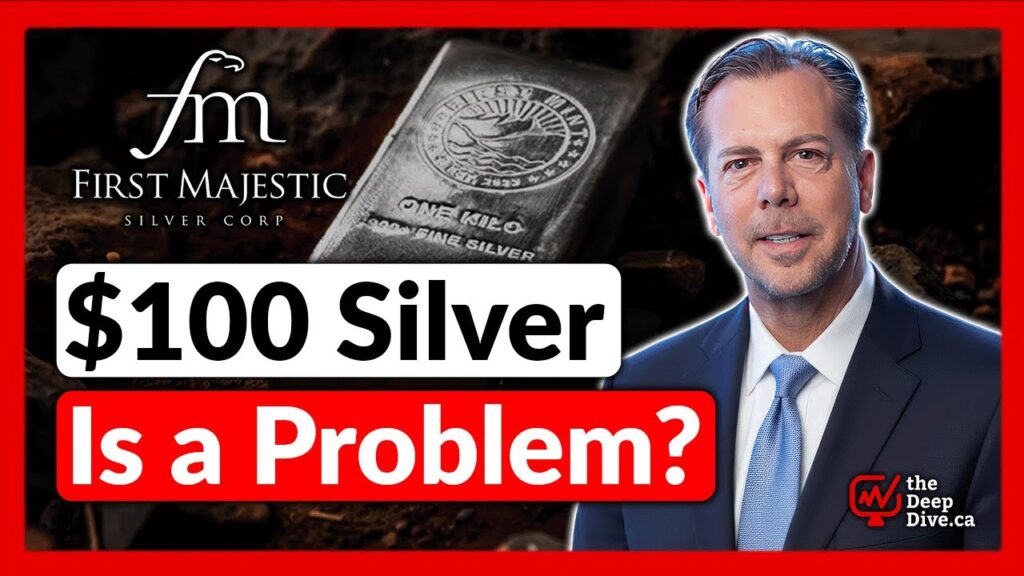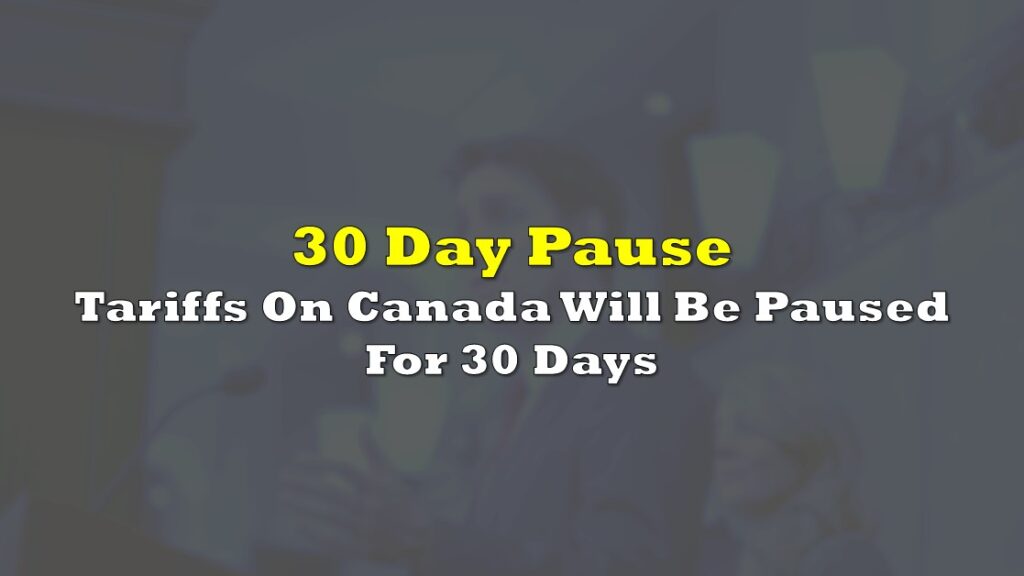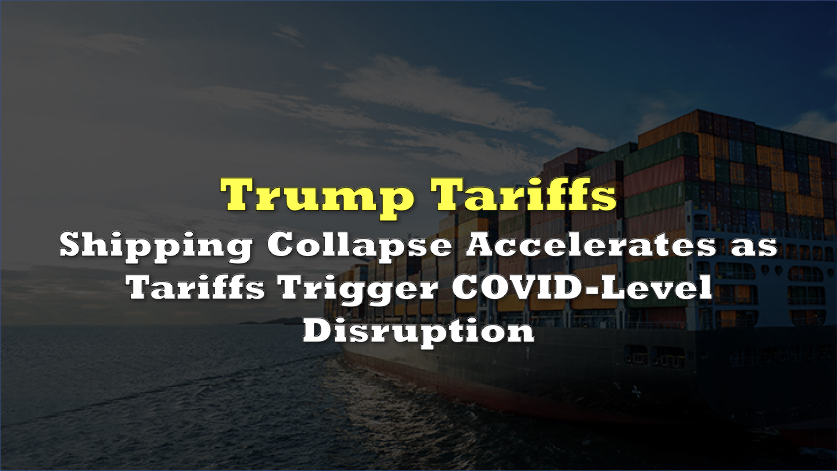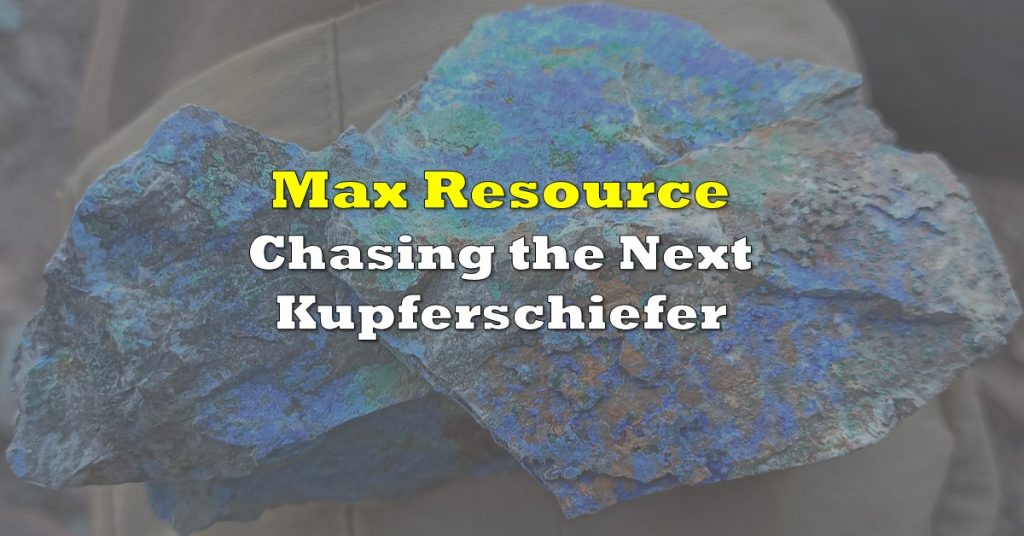Tension is building across global metals markets as the Trump administration moves to impose copper import tariffs in a matter of weeks, far ahead of earlier predictions.
President Donald Trump directed the Commerce Department in February to investigate the feasibility of imposing tariffs on copper, with a 270-day window for action. However, people familiar with the matter say the review will likely conclude well before that deadline.
One source, speaking on the condition of anonymity, described the investigation as “little more than a formality,” pointing to Trump’s publicly stated intention to protect domestic mineral production.
*TRUMP MAY IMPLEMENT COPPER IMPORT TARIFFS WITHIN WEEKS
— Spencer Hakimian (@SpencerHakimian) March 26, 2025
Copper about to go to $15,000.
Good luck everyone!
Copper futures in New York, quoted on the Comex exchange, have already hit record levels in response to speculation that the White House will enact duties of up to 25% on imported copper—a sharp departure from the slower pace of similar investigations into steel and aluminum tariffs.
Comex copper briefly climbed above 537 cents per pound, while LME copper dipped below $9,900 per ton as traders scrambled to take advantage of the premium available in the US market. In some instances, the gap between the two benchmarks has surged to more than $1,700 per ton.
The White House has declined to comment on the accelerated timeline. But in February, Peter Navarro, Trump’s trade adviser, foreshadowed a speedy conclusion, saying, “You will see our new secretary of commerce, Howard Lutnick, will move in what I like to call Trump time, which is quickly as possible to get results of the investigation on the president’s desk for possible action.”
Goldman Sachs had originally predicted a 25% tariff might be implemented between September and November, but now expects that timeline to move up. In an emailed note, Goldman Sachs analysts observed that “with tariffs now likely to come sooner, the gap between Comex and LME prices—which is currently around 17%—is likely to widen further.”
“Factoring in uncertainty on the tariff level and high US inventories, we think an implied tariff of 20% should be the cap in the near-term. This has also been a level regularly cited as a good exit point in numerous client meetings,” they added.
Information for this story was found via Bloomberg and the sources and companies mentioned. The author has no securities or affiliations related to the organizations discussed. Not a recommendation to buy or sell. Always do additional research and consult a professional before purchasing a security. The author holds no licenses.









